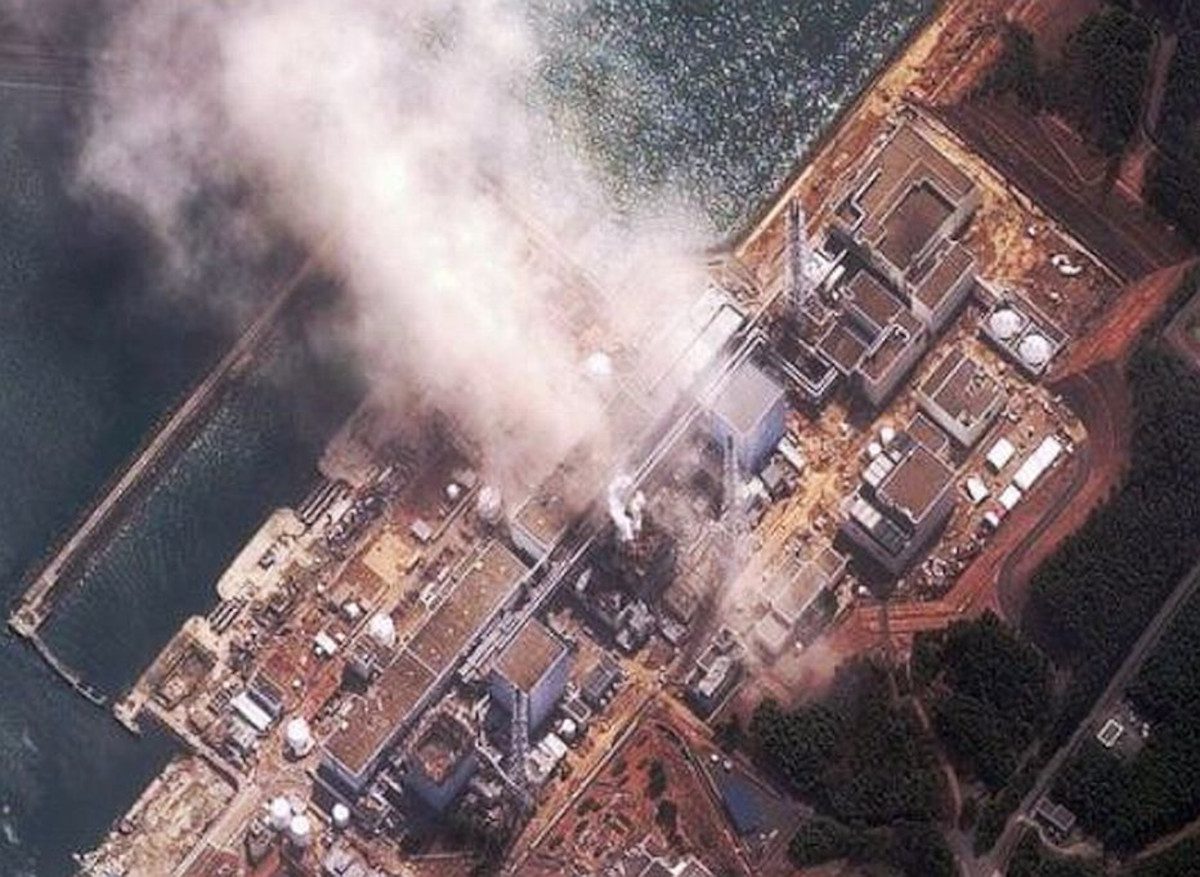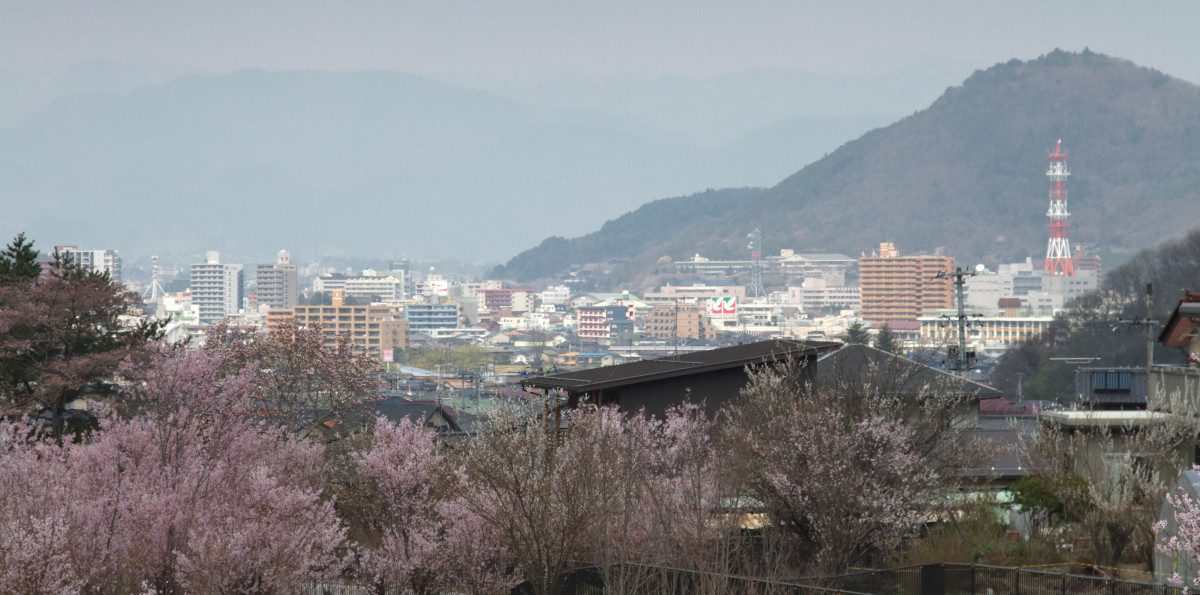
Japan has ended years of speculation over the fate of radioactive wastewater stored in tanks at the Fukushima Daiichi nuclear plant since the 2011 disaster. On 13 April Prime Minister Yoshihide Suga announced a decision to initiate ocean dumping.
He described the discharge as “an unavoidable issue” in the process of decommissioning the plant. In comments quoted in Japan Times, he stated: “Today, we’ve made a decision that releasing the water into the sea is realistic and put together basic policies, on the condition that the government guarantees safety in a way that significantly goes beyond (national and international) standards and does everything it can to implement countermeasures against damage caused by rumors.”
The discharge process is not expected to commence for another two years, and will take decades to complete. The announcement appeared to draw condemnation from environmental groups and neighbouring countries, while support was forthcoming from both the US and the International Atomic Energy Authority (IAEA).
So far around 1.25 m3 of treated radioactive wastewater has been stored at the plant, in around 1000 tanks. Groundwater continues to pour into the site at a rate of 180m3 per day, although the amount increases dramatically following typhoons.
The main source of radioactive contamination is the residual nuclear fuel from the three nuclear reactors which overheated during the 2011 disaster. The plant announced in December it had constructed 1.37m3 of tank storage capacity, but available storage is expected to run out by Summer 2022, and the imminence of this deadline has added urgency to the situation.
On 13 April, IAEA Director General Rafael Mariano Grossi confirmed the plan’s technical feasibility. He stated: “The Japanese Government’s decision is in line with practice globally, even though the large amount of water at the Fukushima plant makes it a unique and complex case.”
Greenpeace said the decision “disregards the human rights and interests of the people in Fukushima, wider Japan and the Asia-Pacific region.”
“Rather than using the best available technology to minimize radiation hazards by storing and processing the water over the longer term, they have opted for the cheapest option,” said Greenpeace Japan’s Kazue Suzuki.
The environmental group has criticised the Japanese government in recent months, and detailed challenges with the ocean-dumping plan as it stands, including problems with the treatment system. These were presented in an October 2020 report, Stemming the Tide 2020: The reality of the Fukushima radioactive water crisis.

Most of the water is being treated by the Advanced Liquid Processing System (ALPS), which is seemingly designed to remove more than 62 radioactive contaminants. Greenpeace’s report maintained that the ALPS under-performs compared to other systems on the market, which means 72% of the water currently stored will have to be processed again. The system also fails to remove two radioactive isotopes: tritium and carbon-14, both of which present dangers that Greenpeace says are being ignored, and their presence in this wastewater flatly contradicts previous claims made by the Japanese government that ALPS produces non-contaminated water.
Following treatment, the plan is to dilute the wastewater before releasing it, under IAEA supervision. According to government spokesperson Katsunobo Kato, in comments cited by The Guardian, this dilution will reduce tritium concentrations to levels that fall far below standards set by the World Health Organisation in relation to the acceptable amount of radioactivity in drinking water. Also speaking to The Guardian, Geraldine Thomas, a molecular pathology specialist and radiation expert at Imperial College London, suggested there was no risk to health or seafood from either tritium or carbon-14. The level of dilution provided by the Pacific Ocean would be enough to dispel fears about the residual tritium, she suggested, while carbon-14 she beleved to be of a lesser concern than other contaminants such as mercury.
An issue that concerns environmentalists is the confusion around tritium, and the failure of data and modelling to explain the impact of organically bound tritium (OBT). The October Greenpeace report said TEPCO had been failing to provide accurate data on the potential impact of releasing water with this kind of contamination.

Tritium has a relatively short half-life of 12.3 years, and environmental groups have argued for a longer period of storage for the water, beyond 2022, to allow levels of the isotope to diminish naturally. But a Ministry of Economy, Trade and Industry (METI) Sub-committee on Contaminated Water report has previously ruled this out on the grounds of cost and the coordination required. There is also the risk presented by an uncontrolled or catastrophic release of the wastewater, in the event of an earthquake.
The ALPS-treated water is currently stored in welded tanks, located within a double-dike system, to prevent water flowing beyond a certain point in the event of a leak. The water was previously transferred from bolted flange tanks, an operation completed in 2019 and the new tanks bring extra storage capacity and greater protection against potential leaks, says TEPCO. “We considered using other types of tanks,” as the group’s website explains, “such as ‘large-capacity tanks,’ ‘underground tanks,’ and ‘Floating shore tanks'”. The tank area is also continuously patrolled and monitored.






